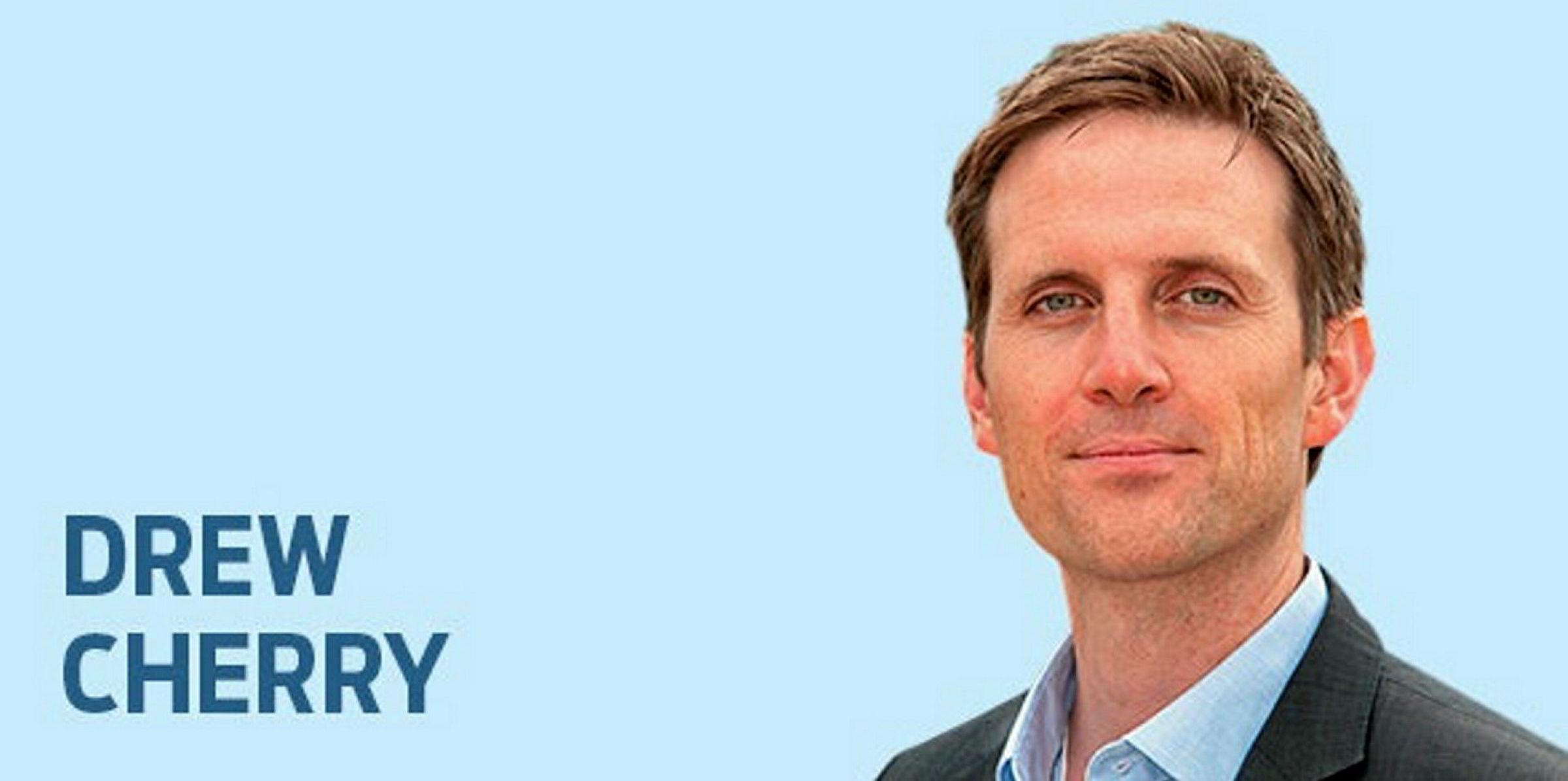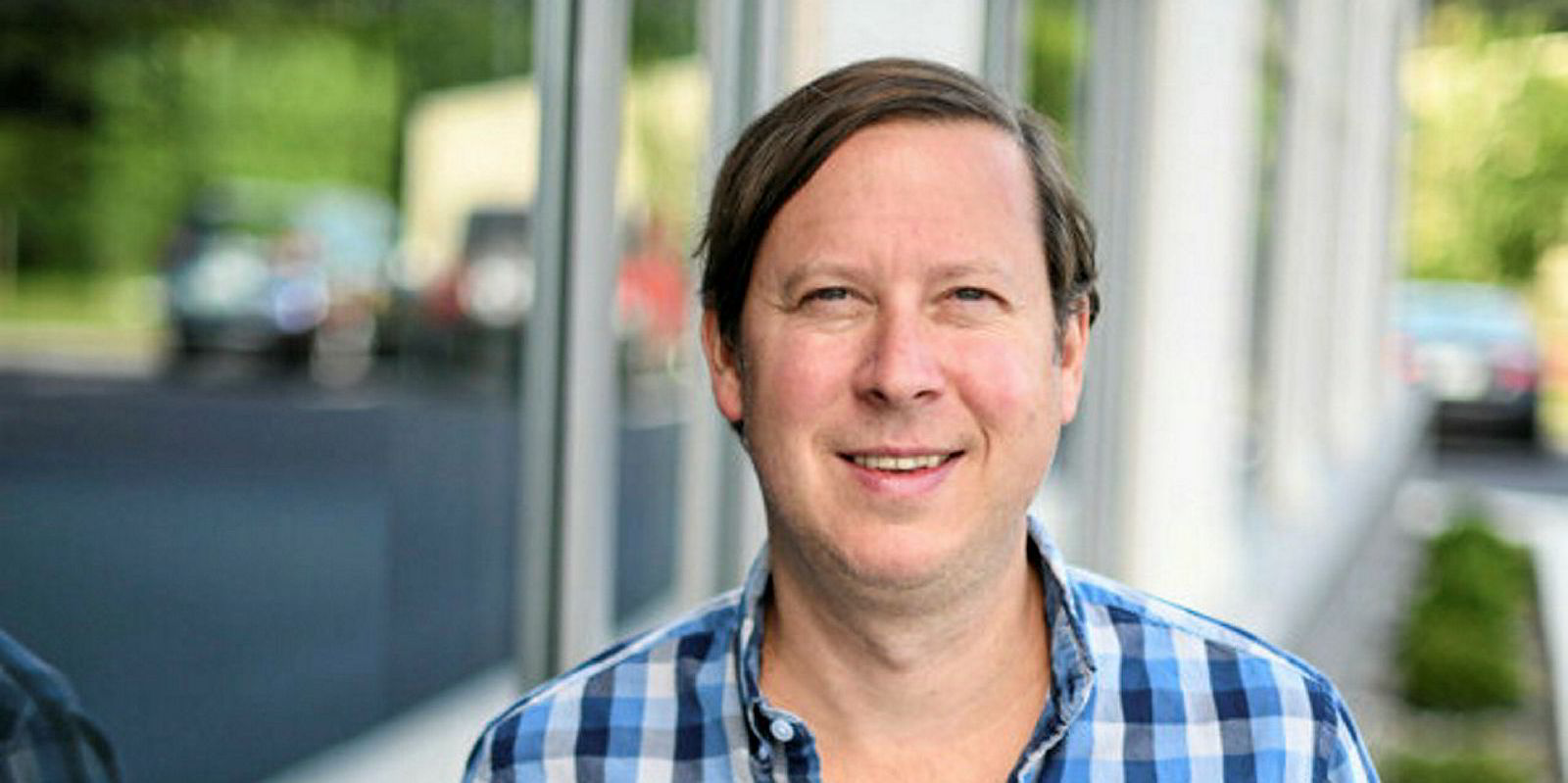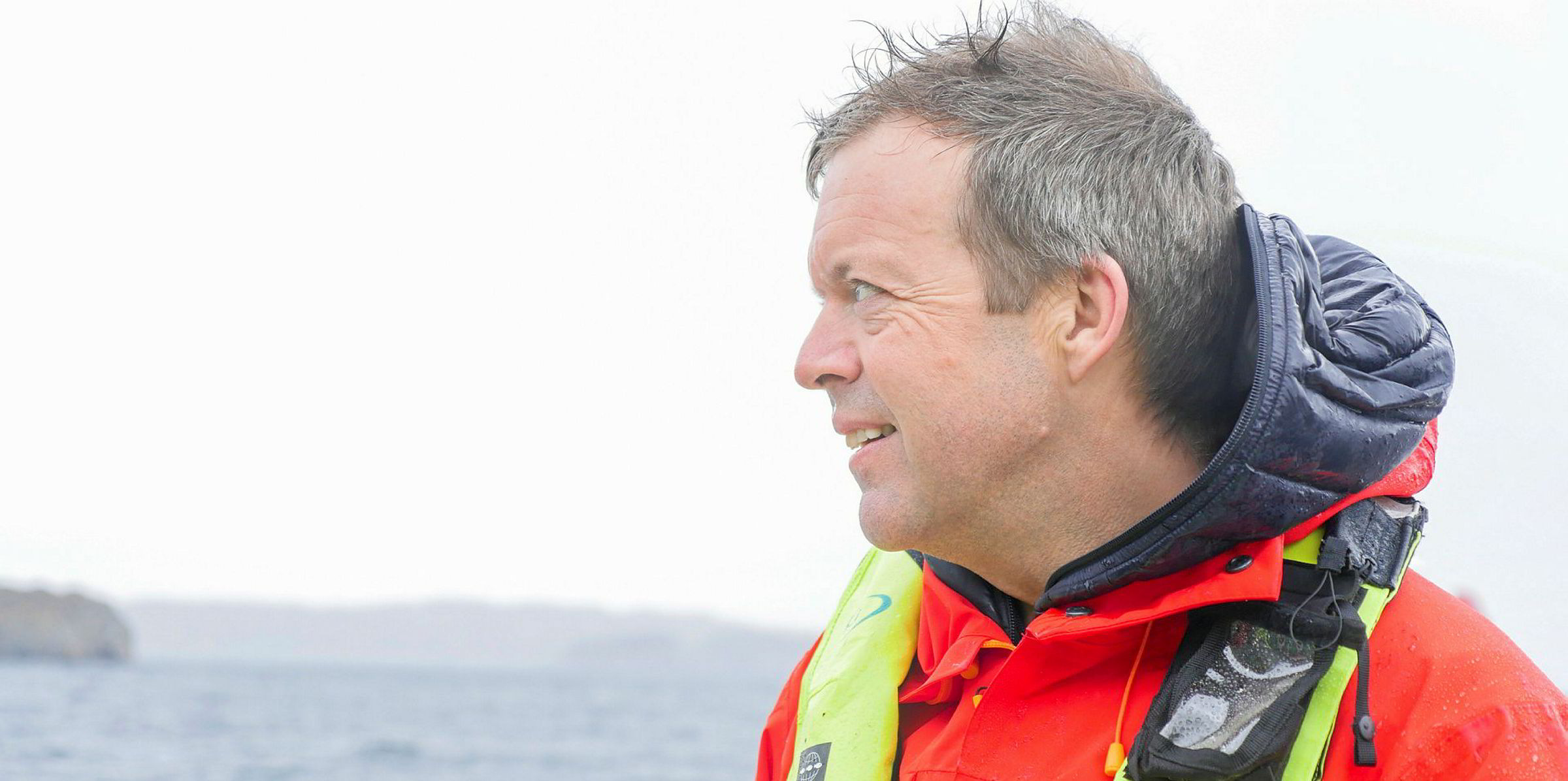- Land-based recirculating aquaculture systems (RAS) for market salmon
- Hybrid systems combining land RAS production of post-smolts with marine grow-out to market size
- Floating closed-containment systems (CCS) to produce market salmon
- Offshore systems involving open or closed containment systems
Canada’s Department of Fisheries and Oceans's (DFO) much-anticipated 64-page report looking at four production systems for farmed salmon in British Columbia found a move to solely land-based systems by 2025 would likely not be feasible.
"Land-based RAS and hybrid systems are the two technologies ready for commercial development in B.C., while floating, closed-containment requires 2-5 years of further review, and offshore technologies may require 5 to 10 years of review," it said.
Hybrid systems are already in use by major companies such as Mowi, where salmon are raised to large smolt in RAS systems and then grown out in netpens.
"The hybrid approach involves producing post-smolts weighing from 250g to 1kg. The land-based portion provides better growing conditions and reduces early growth phase risks at sea," the report said.
"The shortened grow-out period reduces some environmental risks at marine sites and avoids the most costly portion of land-based systems in the grow-out phase. The grow-out stage in land-based RAS systems requires substantially more capacity that increases capital and operating costs."
The report noted several things needed to align better to use the above technologies, including national legislation and policy to clarify the requirements for aquaculture in terms of environmental and social performance.
It also noted one of the biggest issues with land-based RAS systems is managing the off-flavor that can result from these systems along with fish health issues and financial risks.
The British Columbia Salmon Farmers Association (BCSFA) lauded the report for its findings.
"The hybrid system, which involves extending the amount of time young fish spend in land-based hatcheries before being moved to ocean pens, is particularly promising in the near-term, and something we are actively pursuing," it said in a statement.
Which system is the best for British Columbia?
A technical report released last year by BCSFA) also showed land-based systems remain far from ideal in terms of replacing netpen systems in the province.
That report says of land-based systems that billions of fish have been hatched and raised to the smolt stage on land. In addition to land-based smolt facilities, the salmon farming industry also successfully operates land-based facilities for a variety of broodstock programs.
"However, while some small-scale commercial production facilities do exist, land-based facilities for the post-smolt grow-out phase are not yet the best choice," the report says.
It says that in order for these systems to be viable in the province, several production-related challenges and quality-related issues must be addressed.
The biggest production-related issue in land-based systems has to do with sexual maturation, with the incidence of early maturation of salmon greatly exceeding that of netpen production systems.
"On average, 50 percent of Atlantic salmon reared in land-based, post-smolt, grow-out systems undergo early maturation," the report says.
"These salmon tend to be smaller in size and often exhibit an inferior flesh quality."
Looking beyond netpens
Canada's salmon farming producers have also been eyeing new ways to innovate the industry.
Mowi's Dalrymple freshwater hatchery in Campbell River, Canada, is one example of hybrid system.
The company's recirculating aquaculture system (RAS) is part of a $40 million (€34 million) infrastructure investment the company took on in 2015 to improve its land-based RAS.
Cermaq is currently testing a closed containment pen system in Norway north of the Polar circle Norway known as "Certus," which means "safe" in Latin.
The company reported in January that after three months in the closed, underwater system, the fish were doing better than in traditional netpens in the same region.
“The health and growth of the fish, partnered with the limited interaction with wild populations make this an exciting possibility for us here in Canada," said Cermaq Canada’s Managing Director David Kiemele, in September.
He said the company was looking to implement the technology in Canada as early as next year.
The data from Certus has so far supported the potential to produce salmon in the closed marine system during the first phase of growth in saltwater, according to the company.
Cermaq's Amy Jonsson confirmed with IntraFish the salmon giant is still looking to bring the technology to Canada, but could not confirm any more details regarding when it might be implemented.





